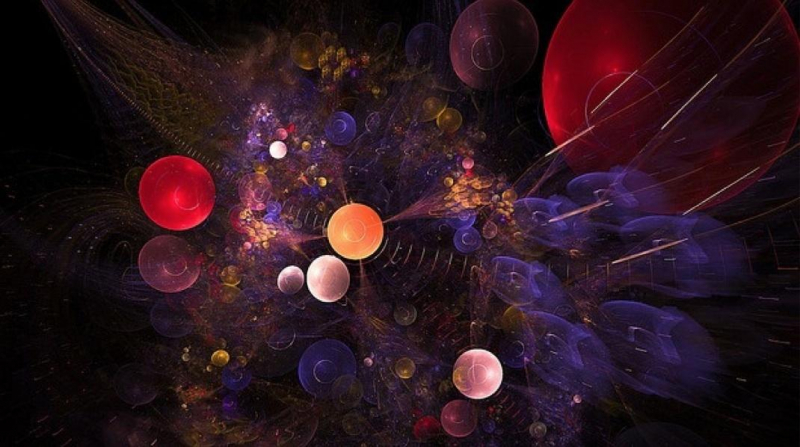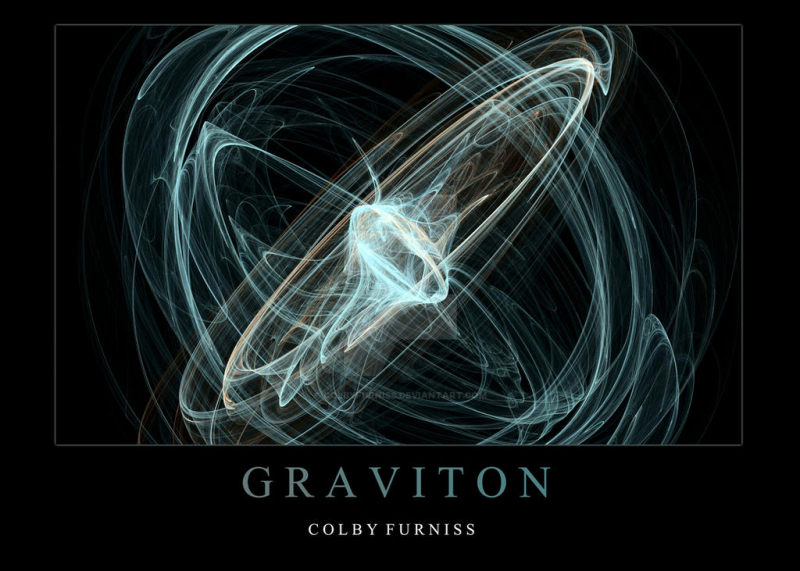Gravitons
According to science, The universe is governed by four fundamental forces, including, gravity, the electromagnetic force, and the weak and strong nuclear forces. In most circumstances, we have a good grasp on the first three. But gravity is a little unpredictable.
We are aware of the interactions between photons and electromagnetism, quarks and gluons and the strong nuclear force, and bosons and the weak nuclear force. What transmits gravity is a mystery to us. Gravitons, the hypothetical particles that enable gravity to act as a force on objects in the physical world, enter the picture at this point. We don't actually know if gravitons exist, which is the problem with them. They remain hypothetical. Gravity is not actually explicable by science.
Surprisingly, despite the fact that we cannot be certain that gravitons exist, we do know a lot about them. We are aware that they have zero mass or nearly zero mass and move at the speed of light. Why then can't we locate them?
Since gravity is the weakest of the four forces, tracking it can be challenging. According to estimates, a gravity detector with Jupiter's mass put close to a neutron star or another super massive object would still struggle to pick up any signals.
Composition: Elementary particle
Statistics: Bose–Einstein statistics
Family: Tensor boson
Interactions: Gravitation
Status: Hypothetical
Symbol: G












